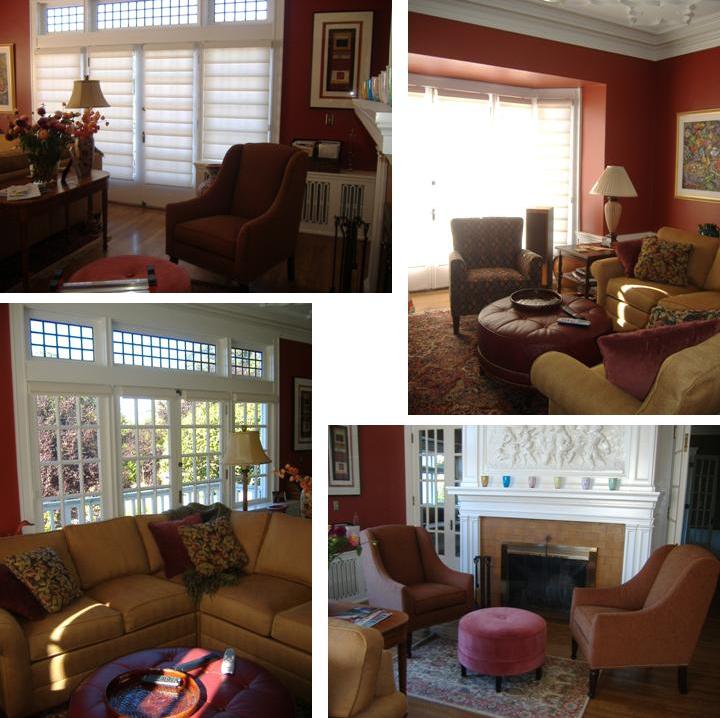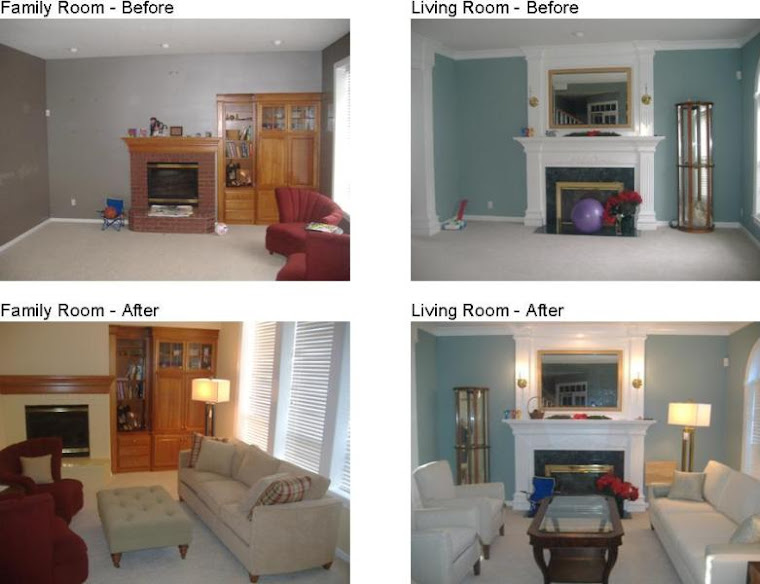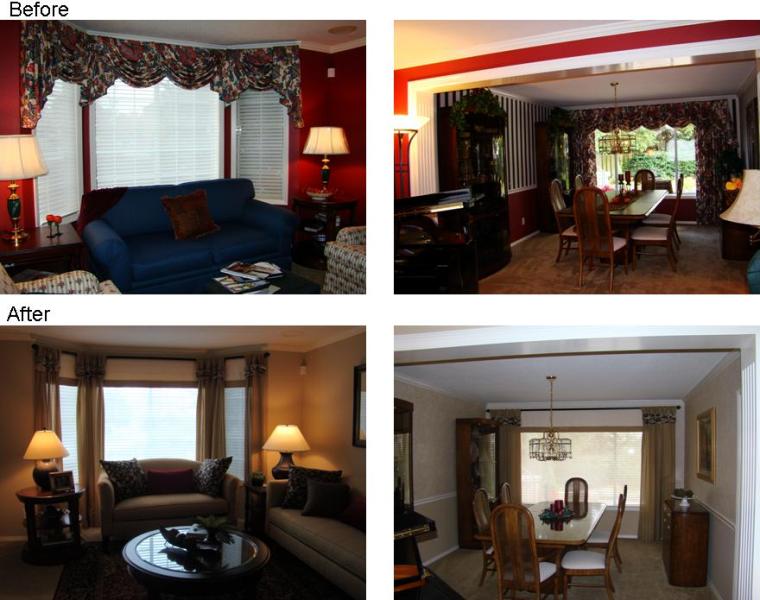
Top-Grain vs. Split-Grain - The thickness of hides can vary quite a bit. Hides are passed through a machine splitting the outer surface top-grain from the fleshy split-grain to achieve uniform thickness. The top-grain is the strongest part of the hide and is generally recommended for upholstery. The split-grain is considerably weaker and cheaper and should not be used for upholstery.

 Aniline - This is a process where the highest quality hides are soaked in dye with no additional surface protection applied. Only about 5% of the world's supply of leather is of a quality to be used in this process. These highly porous leathers breathe more easily thus cooler to sit on but are more susceptible to liquids and care must be taken.
Aniline - This is a process where the highest quality hides are soaked in dye with no additional surface protection applied. Only about 5% of the world's supply of leather is of a quality to be used in this process. These highly porous leathers breathe more easily thus cooler to sit on but are more susceptible to liquids and care must be taken. Semi-Aniline or Aniline Plus - These are fully aniline dyed leathers that have a thin surface layer of pigment providing even coloration and supple hand while imparting some surface protection from spills, stains and fading.
Semi-Aniline or Aniline Plus - These are fully aniline dyed leathers that have a thin surface layer of pigment providing even coloration and supple hand while imparting some surface protection from spills, stains and fading. Pigmented - Corrected leather colored with an opaque pigmented coating that protects against staining, sun and marring. It is less expensive and may be more practical for heavy family use but tends to be stiffer due to the heavier coating.
Pigmented - Corrected leather colored with an opaque pigmented coating that protects against staining, sun and marring. It is less expensive and may be more practical for heavy family use but tends to be stiffer due to the heavier coating. Nubuck - Aniline leather where the grain surface has been brushed creating a velvety texture, not to be confused with suede, the fleshy side of the leather. Brushibg breaks up the surface grain giving it a soft feel but increases stain susceptibility.
Nubuck - Aniline leather where the grain surface has been brushed creating a velvety texture, not to be confused with suede, the fleshy side of the leather. Brushibg breaks up the surface grain giving it a soft feel but increases stain susceptibility. ByCast or Coated Leathers - Glue is melted on split leather and a layer of colored polyurethane is rolled onto the surface. This product varies in quality and great care should be taken when determining whether to purchase upholstery it is used on.
ByCast or Coated Leathers - Glue is melted on split leather and a layer of colored polyurethane is rolled onto the surface. This product varies in quality and great care should be taken when determining whether to purchase upholstery it is used on. Bonded Leather - consists of a surface layer of vinyl or polyurethane, a center layer of fabric and a backing containing some leather fibers mixed with latex. The product is about 17% leather and there is some controversy in the industry as to whether it should have the word "leather" associated with its product name.
Bonded Leather - consists of a surface layer of vinyl or polyurethane, a center layer of fabric and a backing containing some leather fibers mixed with latex. The product is about 17% leather and there is some controversy in the industry as to whether it should have the word "leather" associated with its product name.  Of course all this knowledge is meaningless if you do not pay attention to the frame on which the leather is placed. What good is long-lasting, quality leather is the frame and/or cushion cores are inferior? Question sales consultants thoroughly. Be sure ALL the outside covering on the furniture you are interested in is in fact leather and all areas are the SAME quality leather.
Of course all this knowledge is meaningless if you do not pay attention to the frame on which the leather is placed. What good is long-lasting, quality leather is the frame and/or cushion cores are inferior? Question sales consultants thoroughly. Be sure ALL the outside covering on the furniture you are interested in is in fact leather and all areas are the SAME quality leather.









